PlayStation 5 is a highly advanced gaming console, and to be able to fully enjoy all of its perks, you gotta buy a decent-quality soundbar. So, if you feel like your sound system needs an upgrade to make your gaming experience more immersive and advanced, welcome aboard. In this post, we’ll check out the candidates for the Best Soundbar for PS5 – five top-notch devices in total.
What do they look like? What is the difference between these soundbars? Are they worth the investment, or not? How do you connect them to your brand-new PS5 or TV? And, finally, what special features do these bars have that others don’t? Join me, and let’s find the answers together!
Best Soundbar for PS5 Review
1. Bose Smart Soundbar 900 for PS5
If you were looking for a soundbar with as many connectivity technologies as possible, this one is for you. The Bose soundbar has Bluetooth, Wi-Fi, and HDMI on board – everything you were hoping to find in a modern soundbar. But keep in mind, though, that it may take some time and effort to connect it via Bluetooth. On the bright side, the design is perfect in every regard and will look great in any environment.
Materials, finishes, and controls look stylish and go hand-in-hand with Sony’s latest PlayStation. And if you need some more than the standard pack, there are a few options you can choose from. All in all, it’s a very good soundbar for your PS5, one that you can’t go wrong with. The Bose engineers did more than a decent job.
The Pros:
- A wide range of connectivity options
- Lot of options to choose from
- Sleek, smooth design
The Cons:
- Bluetooth needs some work
Verdict
The perfect design and plentitude of inputs/outputs make this soundbar one of the best options on the market. Plus there are different configurations and designs at your disposal. Sometimes, there may be some troubles with the Bluetooth, but nothing you won’t be able to handle.
2. Sony HT-G700 – Best Sony Soundbar for PS5
Next up, we have an all-around solid soundbar by Sony. Yep, the same brand that produced the PS5. The one thing that makes this system stand out is the volume level: it’s pretty loud. So no matter how big your room is, this bar has enough power to fill the venue with sound. On top of that, the sound is not only loud, but it’s also very bright and clear, especially when it comes to dialogues, which can’t be said about most similarly-priced soundbars.
The AE (Advanced Enhancer) technology also deserves your attention. It takes a basic stereo sound and turns it into surround 7.1.2. Of course, the effect will not be the same as with a true 7.1 setup. With that said, it’s still good to have such an option. There is only one con to this soundbar – poor-quality highs. Unfortunately, they are not as good as the lows and mids. They lack detail and presence.
The Pros:
- Much louder than the market average
- Clean, audible dialogues
- Audio Enhancer
The Cons:
- Low-quality highs
Verdict
HT-G700 is a very powerful system that easily “handles” even the biggest rooms – perfect for throwing a party. The sound is clear (especially the dialogues) and well-developed. However, the highs could use some improvement. But, that’s compensated by the useful AE feature.
3. JBL Bar 9.1 – Best Soundbar for Gaming PS5
JBL comes packed with everything you need to mount, connect, and enjoy the soundbar, including a pair of L-shape + a pair of U-shape wall-mount brackets. In the package, you’ll also find a kit with screws, an HDMI cable, and a quick start guide – quite a generous offer. As for the audio quality, the surround sound quality is quite impressive. It’s rich and deep, just what you need to dive into a brand-new game.
Another thing most players will appreciate is the detachable speaker design. The speakers are wireless so feel free to put them anywhere you want, any place you choose. You’ll have to pay a somewhat steep price for the added functionality, though, but it will be worth it. So, if you’ve got some spare money and are looking for a great surround sound experience, JBL could be exactly what you need.
The Pros:
- A generous package with lots of extras
- Detachable speakers that go anywhere
- Ultimate surround sound experience
The Cons:
- Pricier than the market average
Verdict
This right here is a high-end 9.1 audio system. The sound quality is well above average, but so is the price. To compensate for that, JBL comes with a whole lot of stuff, including brackets, cables, etc. And let’s not forget about the fancy detachable speakers that can go pretty much anywhere.
4. Klipsch Cinema 600 – Best Budget Soundbar for PS5
What does Klipsch have to offer with Cinema 600? Is this a worthy investment? Well, this is the most affordable and user-friendly soundbar on the list. That’s right: it’s a great pick if you’re on a tight budget and are looking for a decent sound system to kick up your gaming experience with solid surrounding sound. As for the installation, this bar is super easy to assemble, plug in and play.
It will take about 15 to 30 minutes or so – even your kids will be able to make sense of the connections. Do keep in mind, though, that this system is rather heavy (especially the included subwoofer). So, secure it tightly and make sure you don’t drop it. Last, but not least, Klipsch boasts fast, charge-free delivery across the US.
The Pros:
- The most affordable option on the list
- Takes very little effort to set up
- Fast delivery within the States
The Cons:
- Not particularly lightweight
Verdict
What can you expect from Klipsch and the Cinema 600 soundbar? Easy installation? Check. A budget-friendly price and decent audio quality? Double Check. Fast delivery? Also check! As for the cons, the system (bar plus soundbar) is pretty heavy, but this is only a minor con.
5. Sonos Arc Soundbar for PS5
Sonos is a hi-end soundbar with top-notch engineering quality. Every component works flawlessly, the bar is very well assembled, and the materials meet the highest standards. If you like nighttime gaming, Arc has a nighttime mode that does really make a difference. The only drawback is you need an eArc port. Without it, you won’t be able to enjoy Dolby Atmos with this bar.
So, if you want that surround sound experience while playing video games, and got no eArc port, this bar might not be the right choice for you. Keep this in mind and make sure you’ve got all the necessary inputs and outputs before buying. Got some questions for Sonos? The company’s customer support is at your service. It is very friendly and client-oriented. Therefore, don’t hesitate to get in contact.
The Pros:
- Excellent engineering and material quality
- Comes packed with a Night-time mode
- Client-oriented customer support
The Cons:
- Requires an eArc port for Dolby Atmos
Verdict
If Dolby Atmos is a #1 priority, you gotta have an eArc port. Because without it, there will be no Dolby Atmos with Sonos. But, that’s the only significant con. And, it’s justified by the premium build quality, excellent sound, and the Night-time mode. Customer support is also great.
| Image | Product | |
|---|---|---|
Best Choice 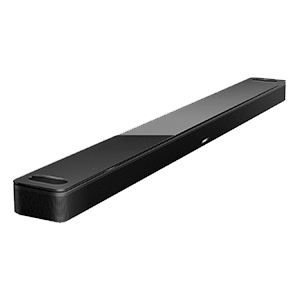 | Bose Smart Soundbar 900
| Check Price |
Also great 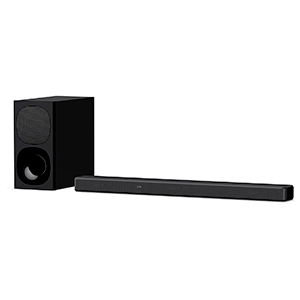 | Sony HT-G700
| Check Price |
Best Value 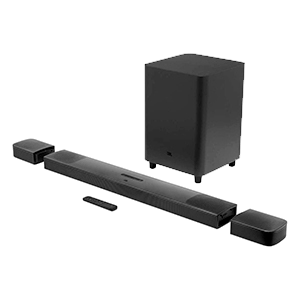 | JBL Bar 9.1
| Check Price |
The most affordable option on the list 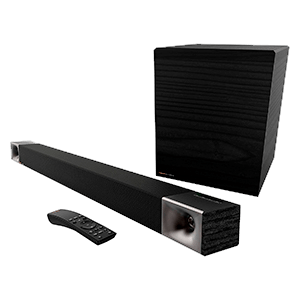 | Klipsch Cinema 600 Sound Bar
| Check Price |
Excellent engineering and material quality 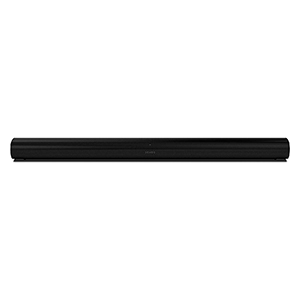 | Sonos Arc
| Check Price |
Buyer’s Guide
Ok, that is pretty much it for my list of the best bars for PS5. Now let’s take a minute to talk about the key factors to keep in mind before making a purchase. We’ll go over pricing, packaging, weight, and more. Next, in the FAQ, you’ll learn the difference between stereo and surround systems, connectivity options, and more. Stay tuned!
#1: The Pricing/Quality Balance
Price is a top aspect no matter what you’re buying, with soundbars being no exception. Hi-end bars may cost a fortune, with a price tag of over two thousand dollars. But if you’re on a tight budget, you can get a decent soundbar for five hundred dollars or so. It all comes down to how much you can spare at the moment. Obviously, cheaper bars are not as impressive as the more expensive ones, but they still provide a decent sound quality across the frequency range.
Some even support surrounding sound imitation technology for an immersive experience. Expensive bars have no drawbacks when it comes to quality, though, while soundbars with a lower price tag do have to make certain compromises. I’m talking about sizzling, noisy highs, lack of punch in the low-end, and “muddy”, booming mid frequencies. Distortion can also be an issue, especially at higher volumes.
The material and build quality also tend to be lower. Plus, a cheaper bar will have fewer inputs/outputs (and maybe no wireless options). If you look right between the high-end bars and the bars of the low price segment, you can get yourself a very decent soundbar. One that sounds good, looks good, and has some interesting features on board. It might not be able to compete with top-notch products, but you’ll still see a huge improvement over your home setup.
#2: The Package
Another thing worth considering is the package – all the extras that you’ll get along with the soundbar. Sometimes, all you’ll see in the package is just a soundbar with no instructions or anything like that. In other cases, you may get all the necessary stuff for mounting and connecting the bar to your PS5 or TV set. This is important; if you, say, don’t have an HDMI cable, and it’s not included in the box, you’ll have to order it separately.
The same goes for the brackets and the screws. So, look for a generous manufacturer that packs the bar with at least the essentials for a trouble-free installation. That will save you some money (from ten to hundreds of dollars) and also lots of time and nerves. Most of us don’t want to spend hours looking for the right wire, mounting gear, or anything else.
For example, with HDMI cables, you may come across different versions (1.4 or 2.0) or different connectors (M and F). Even tech-savvies get lost in all this. Imagine getting in a similar situation with the brackets and screws! Ideally, the bar should come packed with a pair of cables, a set of screws, brackets, and a detailed user manual. A full-fledged package will cost more, of course. But, again, if you want to avoid all the hassle and frustration, I say it’ll be worth it.
#3: The Weight
Let’s be honest, we all want our soundbars to be light-weighted, as it’s just easier to move them around and mount at the right spot. You can place light-weighted bars practically on any surface. So, does that mean the lighter the better? Well, on one hand, yes, it does. But on the other hand, heavyweight usually means a bigger coil, which equals a better sound quality. This isn’t a universal rule but does apply most of the time.
The same goes for the subwoofer. You may have already noticed that woofers are heavier than soundbars. The reason for that is subwoofers are responsible for the low-end and you need a really big and heavy coil to handle the bass frequencies. Yes, the low-end is very demanding; so, if you want that thick bass make sure you have a heavy subwoofer connected to your audio system.
Sometimes soundbars come without a subwoofer and still do a decent job of producing the lows. But if “decent” is not what you want, a subwoofer is a must-have.
FAQ
2.0, 3.1, 5.1, and 7.1.2: What’s The Difference?
Alright, let’s break it down. So, 2.0 means stereo- the good old stereo sound from back in the day. The digit 2 stands for the number of speakers, while 0 means there is no subwoofer. In the case of 3.1, 3 means there are three speakers in the set and 1 hints that this time, you do get a subwoofer. The same goes for 5.1: five speakers, one subwoofer. With 3.1, 5.1, and higher you get surround sound for better immersion.
The audio comes from different directions, makes you feel like you are a part of the game world, on the battlefield or in the spaceship. And what about 7.1.2? Well, 7 stands for the number of speakers, 1 stands for the subwoofer, and 2 is the number of “height” speakers. These kinds of speakers are usually mounted on the ceiling, that’s why they are called height speakers.
Or, they can be just looking upwards. This helps to create a more realistic surround sound. Also, keep in mind that a bigger number does not mean better quality. For example, a good, expensive, high-quality stereo system with only 2 speakers can (and usually does) sound better than some cheap and low-quality 9.1.2 systems. So, don’t go after the larger numbers; instead, pay attention to the quality of the sound.
Is Surround Sound Better Than Stereo Sound?
That depends on what you want from your sound system and your personal preferences. Some people don’t like surround sound in movies or video games. Others find surround sound to be distracting when it comes to music. And then there are people that don’t accept anything except for vinyl. However, for the vast majority of players (or movie fans), this technology is greatly appreciated.
It gives game developers or movie makers new ways to pull the gamer/viewer in, make the experience more realistic and satisfying. There is only one inconvenience with surround sound, especially 7.1 or 9.1 systems. You need to find enough space in your room to place all the speakers in the right spots and keep some distance between yourself and the speakers.
About 15-20 years ago, having a surround system in your room meant lots of cables on the floor and the walls. Fortunately, these days, the speakers can connect to the soundbar wirelessly (via Bluetooth, for example)>
What About Connectivity Technologies?
Modern soundbars mostly have HDMI and Bluetooth connections. Sometimes, you can see other inputs/outputs like RCA, 3,5mm, or go wireless. But, most of the time, it is HDMI and Bluetooth. These are the golden standards. HDMI is for wired connections. It’s a reliable, high definition, easy-to-use interface. All you need is an HDMI cable. Bluetooth is for wireless connections, and you won’t need any cables for that.
Connecting the soundbar to PS5/PC/TV via HDMI or Bluetooth usually takes about a minute. If the bar supports Bluetooth you can stream your music from any device, mobile or desktop. Remember: no matter how good your phone’s speaker is, it won’t be able to compete with the quality or the volume of a soundbar. And if there is also a subwoofer in your audio system, you’ll get deep, punchy bass as well.
Conclusion
Today, we reviewed 5 soundbars. The first one by Bose has the best design and comes with lots of connectivity technologies. Next, we have a bar by Sony, a very powerful (and loud) system. With JBL, you’ll get a fancy 9.1 setup for your home theater. It’s an HD sound system for games, movies, and music. If you’re on a limited budget, pay extra attention to Klipsch.
Cinema 600 is the most affordable soundbar on the list and it’s an all-around solid device. Last, but not least, there’s Sonos Arc – another high-end system with premium build quality. Go ahead and take your pick! Oh, and don’t forget to share your favorite bar in the comments!
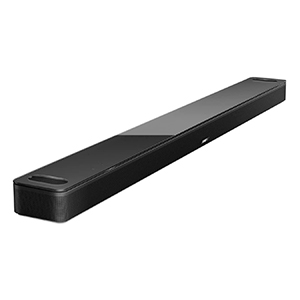

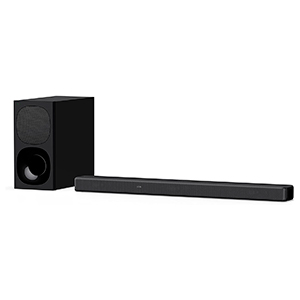

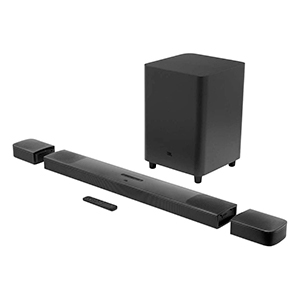

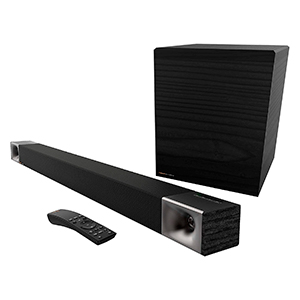

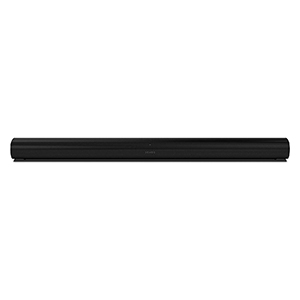

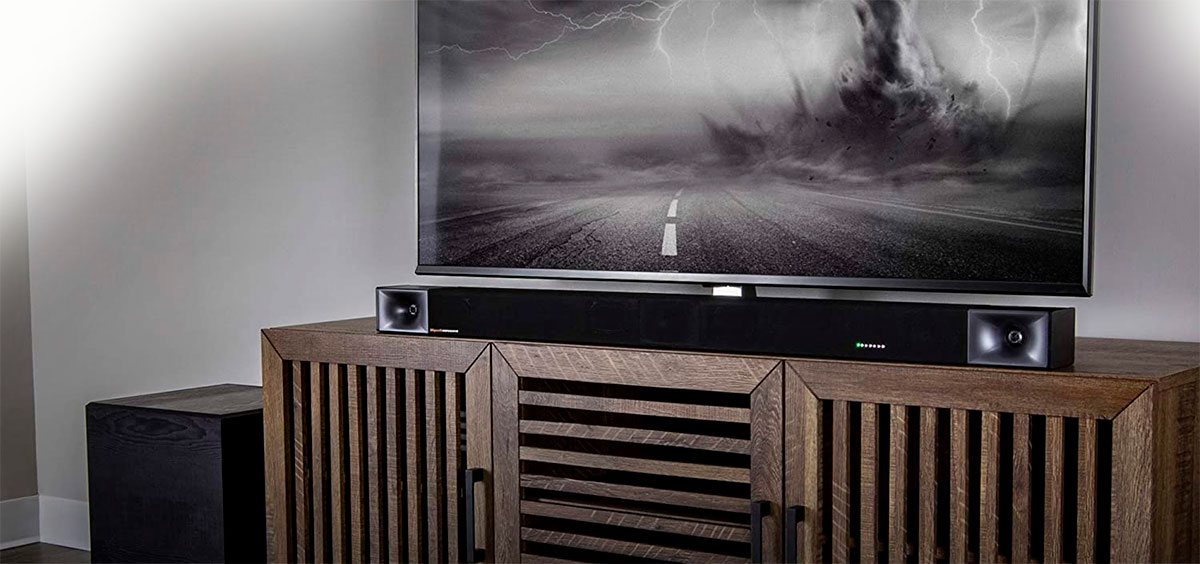
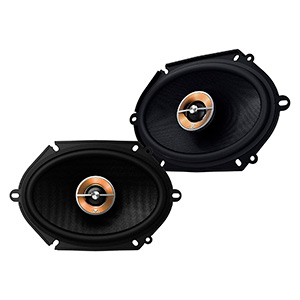

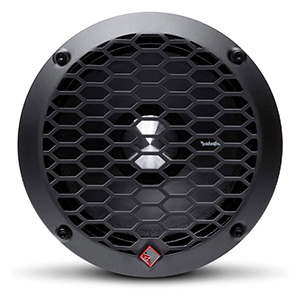

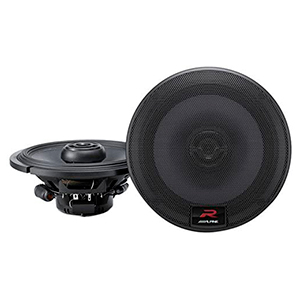

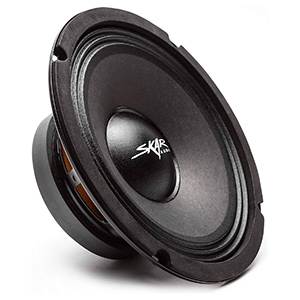

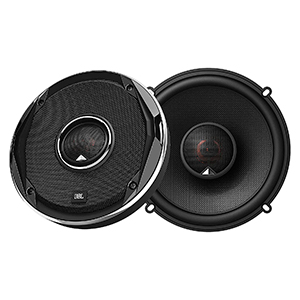

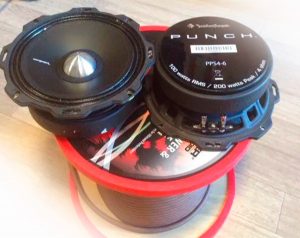 With coaxial speakers, you don’t have to worry about this, because they fit 99% of cars out there. That’s not the case with component speakers, though. So, how do you ensure compatibility? It’s pretty simple: all you gotta do is grab a tape and measure how big the factory speakers are. Place them upright and take the measurements at the largest point of the cone to get accurate specs.
With coaxial speakers, you don’t have to worry about this, because they fit 99% of cars out there. That’s not the case with component speakers, though. So, how do you ensure compatibility? It’s pretty simple: all you gotta do is grab a tape and measure how big the factory speakers are. Place them upright and take the measurements at the largest point of the cone to get accurate specs.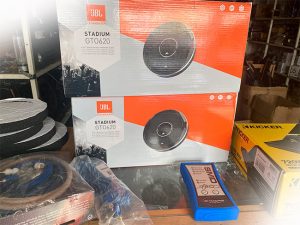 I did say earlier that component speakers are more expensive than full-range units, and that’s still very much true. On the bright side, a decent set of mid-range speakers can still be a (relatively) affordable purchase. Right now, the market offers solid kits that cost less than $100, and yes, it will be a pair, not just one single speaker. For more volume and better audio quality, you’ll have to pay more.
I did say earlier that component speakers are more expensive than full-range units, and that’s still very much true. On the bright side, a decent set of mid-range speakers can still be a (relatively) affordable purchase. Right now, the market offers solid kits that cost less than $100, and yes, it will be a pair, not just one single speaker. For more volume and better audio quality, you’ll have to pay more.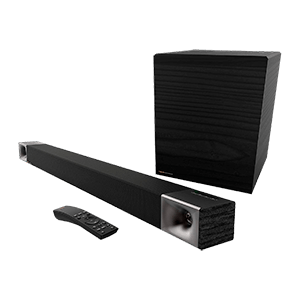

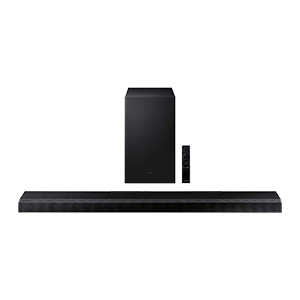

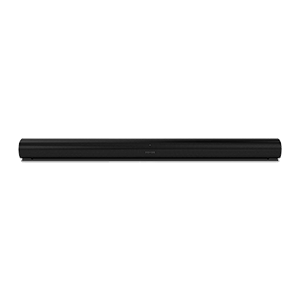

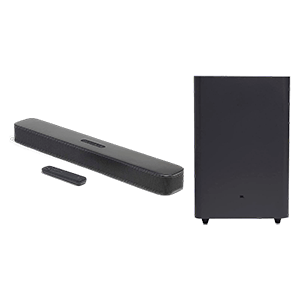

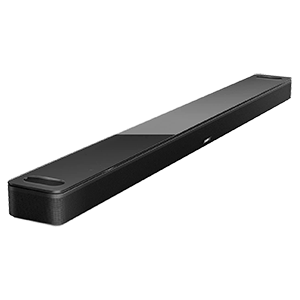

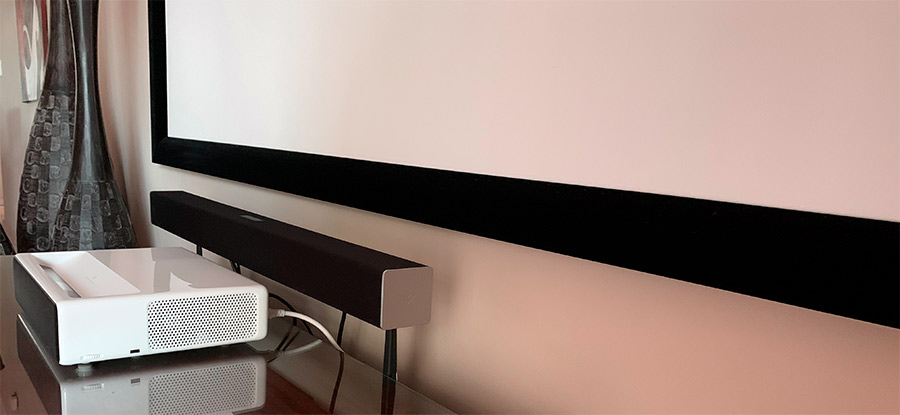
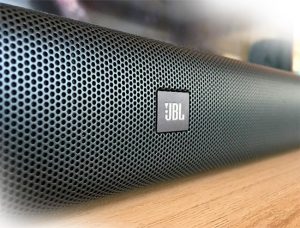 There’s nothing worse than getting together with your friends, setting up the projector, and firing up a movie only to learn that it’s not loud enough. Therefore, you gotta always check the wattage before committing to any soundbar. On average, 100 watts should be more than enough (even 50W will do in most cases). However, if you want to project a movie on a really big screen and create that “theater experience”, consider going for 200-250 watts.
There’s nothing worse than getting together with your friends, setting up the projector, and firing up a movie only to learn that it’s not loud enough. Therefore, you gotta always check the wattage before committing to any soundbar. On average, 100 watts should be more than enough (even 50W will do in most cases). However, if you want to project a movie on a really big screen and create that “theater experience”, consider going for 200-250 watts.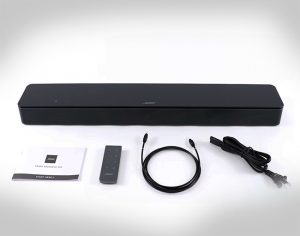 Sound bars aren’t particularly cheap – let me just put that out there. If you want a solid-quality unit, it’s gonna cost you at least $250. The package will probably not include a subwoofer, but the actual bar will sound decent and even support Bluetooth. For more bass and better highs, invest in a $300-500 kit. It will pack a woofer and work with both analog and digital interfaces.
Sound bars aren’t particularly cheap – let me just put that out there. If you want a solid-quality unit, it’s gonna cost you at least $250. The package will probably not include a subwoofer, but the actual bar will sound decent and even support Bluetooth. For more bass and better highs, invest in a $300-500 kit. It will pack a woofer and work with both analog and digital interfaces.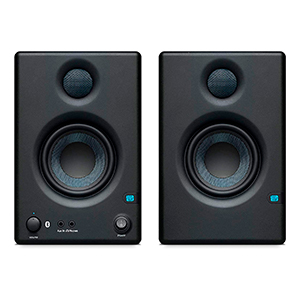

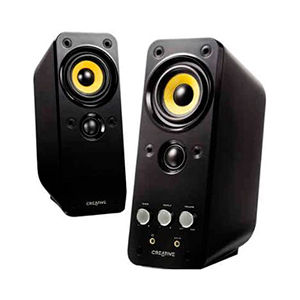

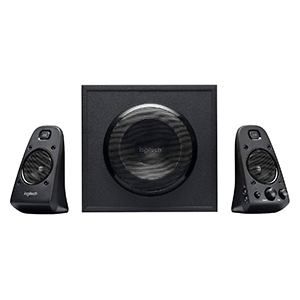

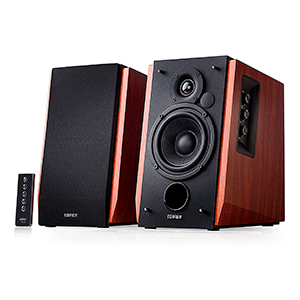

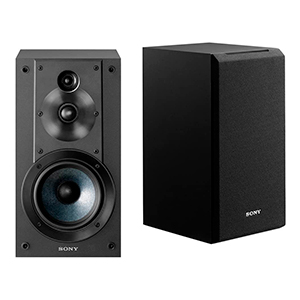

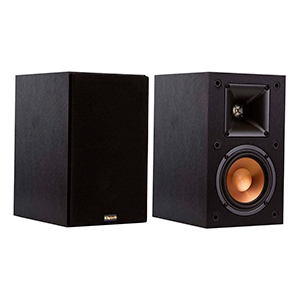

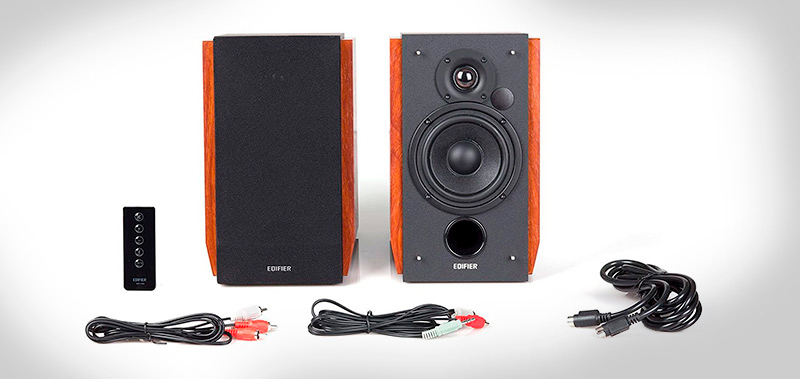
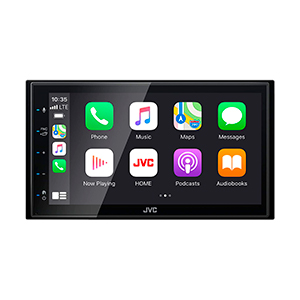

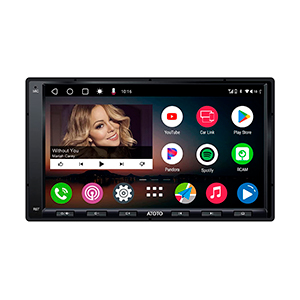

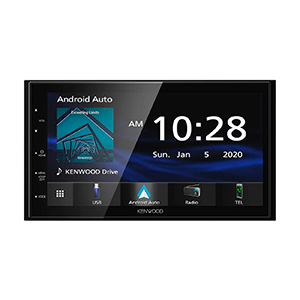

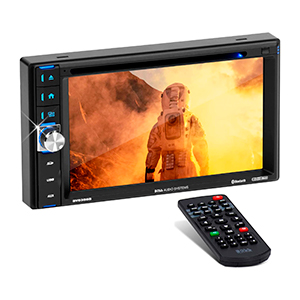

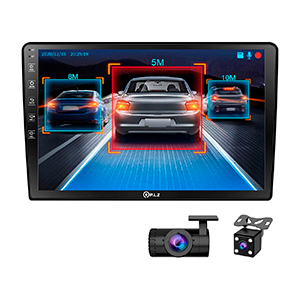

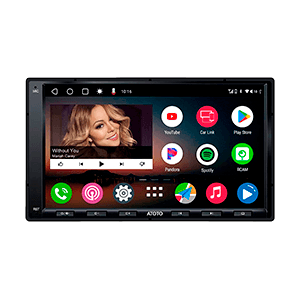
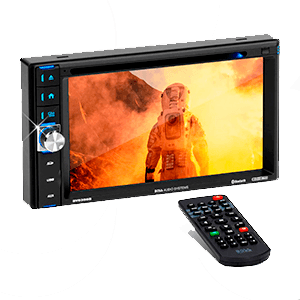
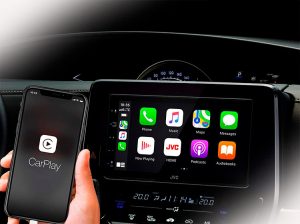 The best thing about car stereo units – they’re highly compatible. Unless it’s a custom design, or you’re driving a really old vehicle, there shouldn’t be any issues with the installation process. With that said, you need to know about the difference between single and double din units. Single-din receivers are 7-inch wide and 2-inch tall. Double-din units are a bit taller (7” width, 4” height).
The best thing about car stereo units – they’re highly compatible. Unless it’s a custom design, or you’re driving a really old vehicle, there shouldn’t be any issues with the installation process. With that said, you need to know about the difference between single and double din units. Single-din receivers are 7-inch wide and 2-inch tall. Double-din units are a bit taller (7” width, 4” height).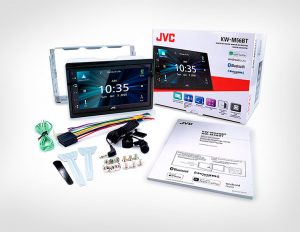 Bluetooth, Wi-Fi, Siri, CarPlay, AndroidAuto, and SiriusXM – that’s pretty much it for the connectivity options. Even if you only have a single USB port, you’ll still be able to enjoy the new stereo unit. Wireless connections are pretty useful, though, especially for playing music, video, accessing apps on your phone, and getting your hands on more detailed maps for navigation.
Bluetooth, Wi-Fi, Siri, CarPlay, AndroidAuto, and SiriusXM – that’s pretty much it for the connectivity options. Even if you only have a single USB port, you’ll still be able to enjoy the new stereo unit. Wireless connections are pretty useful, though, especially for playing music, video, accessing apps on your phone, and getting your hands on more detailed maps for navigation.